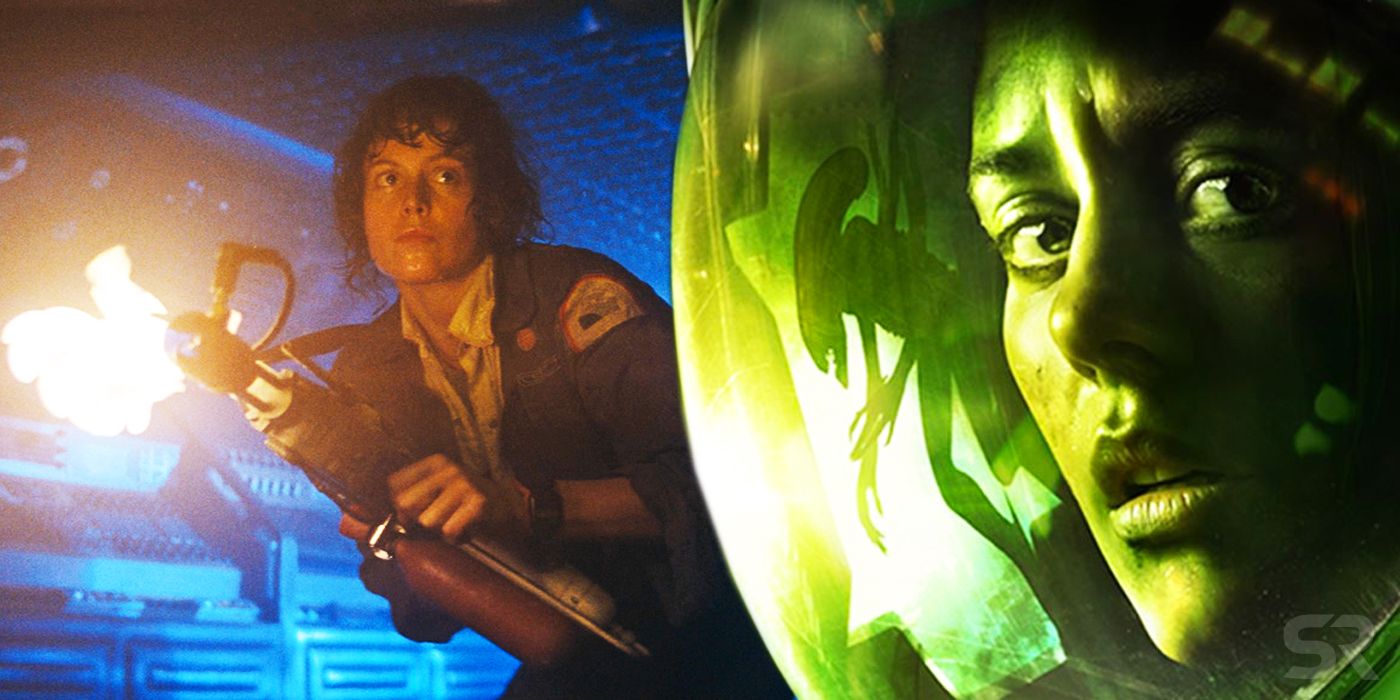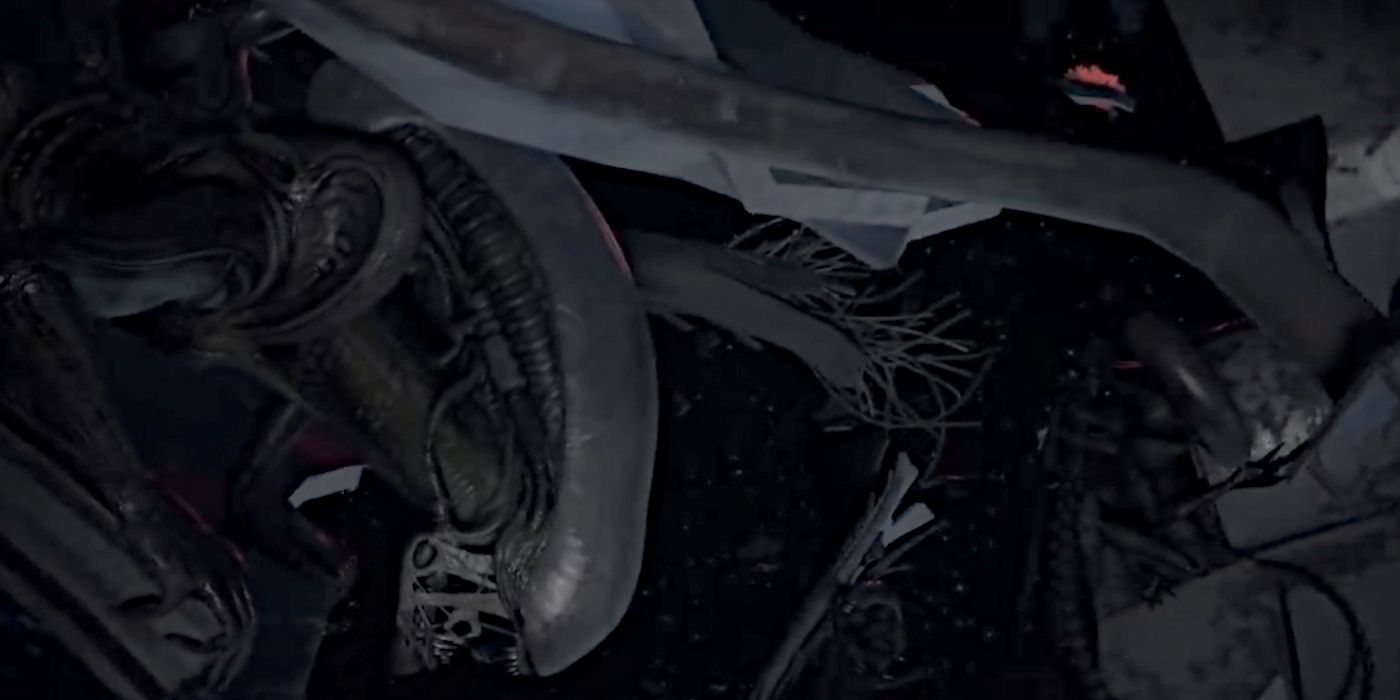The Alien: Isolation digital series reveals xenomorphs can survive the vacuum of space – could that mean the original Star Beast is still floating out there in the cosmos? Alien celebrates its 40th anniversary in 2019 and even after all these years, the xenomorph remains one of the most unique and terrifying monsters in cinema. The franchise has veered off in many different directions during that time, including multiple sequels, comic books, video games, and even plushy toys.
While Ridley Scott’s prequels Prometheus and Alien: Covenant have their fans, they’ve largely proven divisive. Ironically, the filmmaker himself has stated his disinterest in the title creature, feeling it’s been overexposed and is no longer scary. Alien: Isolation proved him wrong, however, with the 2014 video game putting players in the shoes of Amanda Ripley – Ellen's daughter – as she dodges a relentless xenomorph. Where most Alien tie-in games took their cue from James Cameron’s high-octane sequel Aliens and had players blasting waves of xenomorphs, Isolation was heavily inspired by the 1979 movie. Players had to hide and outthink the creature, which was smart, adaptive and unkillable.
Related: The Alien Prequels Are Better Than The Predator
Alien: Isolation is arguably the best thing to come out of the franchise in decades, but unfortunately it didn’t meet sales expectations upon release. The game’s reputation has only grown over time, and to celebrate the franchise's 40th anniversary in 2019, Fox announced a multimedia experience based around Amanda Ripley. This is included mobile game Alien: Blackout, comic series Alien: Resistance and a digital series adaptation of Alien: Isolation. This show takes cut scenes from the game, inserts a new framing device and adds CGI models to in-game dialogue. The effect is far from seamless and the series is easily the inferior way to experience Alien: Isolation, but for non-gaming fans, it’s a good way to sample the story.
What will be of interest to Alien: Isolation veterans is the Gravity-style framing device adds an interesting new wrinkle to the lifecycle of the xenomorph. The game opens with Amanda floating in space following the destruction of the Sevastopol Station, and inching her way through the debris to reach a beacon. In the final episode, she makes the shocking discovery that the aliens have latched themselves to the wreckage of the station, having gone into a state of hibernation in space.
The creatures being able to survive without oxygen isn’t necessarily a new reveal – they do fine without it during the final encounter in the Isolation game – but this notion of hibernation opens up a number of possibilities. This includes the chance the xenomorph from Alien is still out there among the stars. In the finale of Ridley Scott’s movie, Ripley blasted the creature out an airlock and fries it when it floats into the ship’s engines, sending it out into space. However, the creature is armored plated and Isolation shows that while they hate fire, they can easily withstand a concentrated blast from a flamethrower. Now, assuming it survived the engine blast, the beast could have gone into a state of hibernation after being blown into space.
The same could be said of the Queen from Aliens, who is blasted out of the Sulaco in the finale of Cameron's movie. Of course, while they may have lived, there’s the issue of floating in the endless expanse of space will little hope of being rediscovered (although the same could be said of Ripley after Alien), but the reveal of Alien: Isolation’s new ability leaves the door somewhat open for the creature to return. Whether that's likely is another question entirely.


